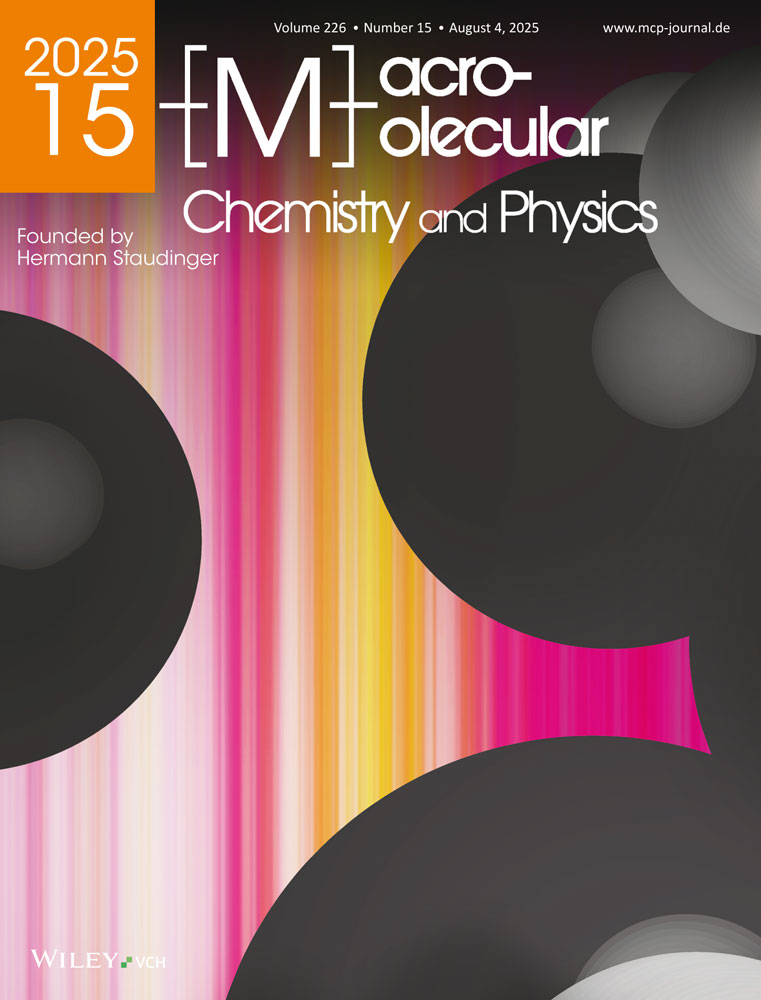Cationic polymerization of p-substituted α-methylstyrenes, 2.† Crystalline polymers from p-methyl- and p-isopropyl-α-methylstyrene‡
Part 1: cf.3.
Based in part on the Ph. D. thesis of J. E. Sutherland, University of Massachusetts, 1972; presented at the “International Symposium on Cationic Polymerization”, Rouen, France, September 1973.
Abstract
enUnder identical conditions of cationic polymerization at low temperature 2-(p-tolyl)-1-propene (α,p-dimethylstyrene) gave polymers with much higher syndiotactic contents than unsubstituted α-methylstyrene. All samples of poly(α,p-dimethylstyrene) were crystalline, but poly(α-methylstyrene) did not crystallize even at high degrees of stereoregularity. Similarly polymers of p-isopropyl-α-methylstyrene were crystalline, and the crystalline properties of copolymers of the three monomers were investigated and compared to those of the homopolymers. The rôles of stereoregularity and crystallizability in forming crystalline products were considered.
Abstract
deUnter identischen Bedingungen der kationischen Polymerisation bei tiefer Temperature lieferte 2-(p-Tolyl)-1-propen (α,p-Dimethylstyrol) Polymere mit höherem syndiotaktischem Gehalt als das unsubstituierte α-Methylstyrol. Sämtliche Proben von Poly(α,p-dimethylstyrol) erwiesen sich als kristallin im Gegensatz zum Poly(α-methylstyrol), das selbst bei hoher Stereoregularität nicht kristallisierte. Ähnlich erwiesen sich Polymere des p-Isopropyl-α-methylstyrols als kristallin. Die kristallinen Eigenschaften von Copolymeren der drei Monomere wurden untersucht und mit denen der Homopolymere verglichen. Die Rolle der Stereoregularität und der Kristallisierbarkeit bei der Bildung kristalliner Produkte wurde in Betracht gezogen.




